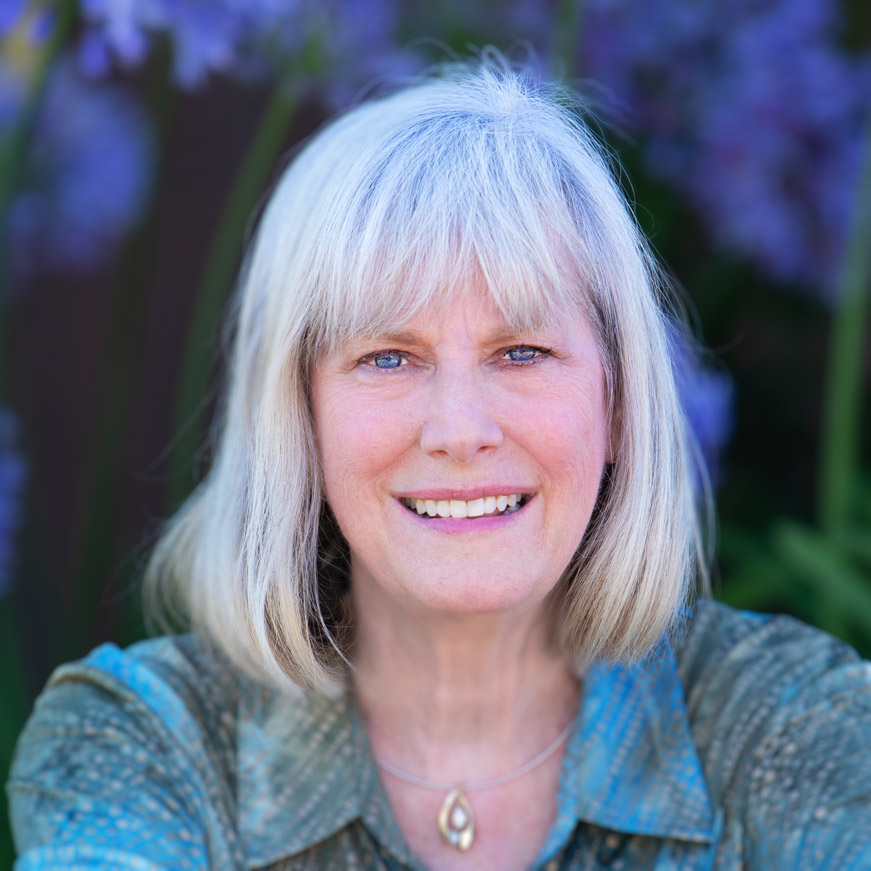We all have experienced how exhausting it is to be, or be around someone who is always “on”.
I know from years of experience, when I’m “on” too long, or in an intense, stimulating environment, consecutive days, if I don’t pull back and allow myself to rejuvenate, invariably a virus of some kind will force me to rest. This is especially true in the days leading up to the fall equinox (like now!). Yet, after a lifetime of this, I keep repeating it because it energizes me. It’s just difficult to know when to stop.
One of the greatest benefits of learning and working with the Enneagram system of personality and personal development is that I can recognize my default patterns, and what’s even better is that it gives me a way to soften, and balance my behavior by offering an alternative that’s easily accessible.

One of the ways the Enneagram does this is by drawing a blueprint of how people perceive, relate and function to survive in the world:
- Do you mostly rely on your head, heart or gut to intuit what’s going on and what to do?
- Do you get what you want by going after it, earning it or getting it yourself: using asserting, complying or withdrawing your energy?
- When you don’t get what you want, do you express your dissatisfaction, try to figure it out logically or make the best of it by reframing it into a positive?
Your answers to each of these questions get you closer to your dominant enneagram personality type by landing you in a group of three types that behave similarly. As we’ve seen in previous articles, the Enneagram is filled with triads. In addition to the three Centers of Intelligence, there are three more:
- Hornevian triads, which group types with similar social styles and energy movement.
- Harmonic triads of types who have similar coping strategies when they don’t get what they want.
- Frustration triads show us three different ways of relating to the world.
It’s taken me many years to understand the differences, and get the names straight. It is confusing because they all begin with H, and harmony and harmonic are too similar. Frustrating, I know, and that leads me to the name of the first Harmonic Triad named Frustration, and coincidentally or not, I belong to this triad of Types 1, 4 and 7. More on this in the next article.
The Harmony triads pull it all together to give access to every type, all three centers of Intelligence, all three coping strategies and social styles. If you look at the enneagram symbol, you will notice connecting arrows, which give access to all three centers of intelligence to all nine types. If you look a little closer, you see that type Four doesn’t connect to the Head center and type Seven has no line to the Heart center. The same goes for Types Two and Eight. Two doesn’t have a direct line to the Head Center and Five doesn’t have a direct line to the Heart center. Yet, we know that you have to have a mind, body and heart to function and survive, that Fours and Twos are intelligent and Fives and Sevens can be very empathetic and sensitive.
The Harmony triads of the Enneagram solve the puzzle of the symbol by connecting the Four and the Seven with an invisible line, creating a triad composed of 1, 4, 7. The Two and Five connect with each other and create a new triad of 2, 5 and 8. The center triangle, already connected, 3, 6, 9, forms the final Harmony triad.
Not only do these invisible connecting lines give each personality type a head, heart and body intelligence, it gives everyone the ability to regulate their energy and social style moving between assertive/active, balancing/reconciling and withdrawing/receptive. Without this flow of different energies, we wouldn’t get very far, nor have satisfying relationships. Instead of getting too far out there with my asserting energy, I’d be well served to use more balancing energy before I’m forced to withdraw for a time.
The Harmonic triads also give everyone a choice in the way they cope when things don’t go as planned and you don’t get what you want. Instead of defaulting to positive reframe, logical or reactive, just travel across the arrow lines and use another strategy. See what a difference it makes in the way you feel and how the people around you respond.
Expand your leadership style by becoming self-aware of your default patterns, and gain the power of choice by traveling across the arrow lines of the Enneagram.

